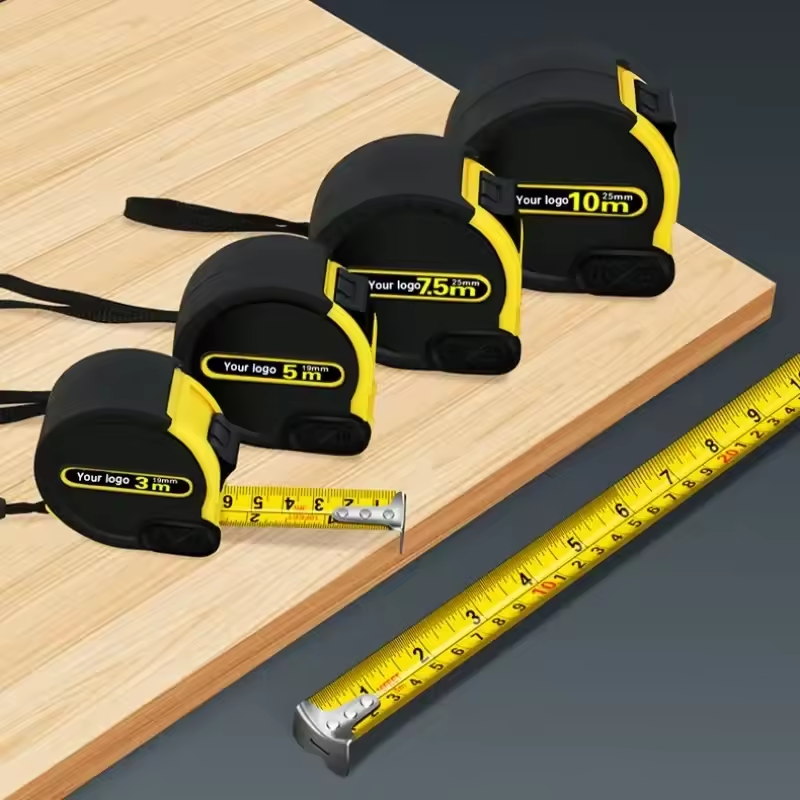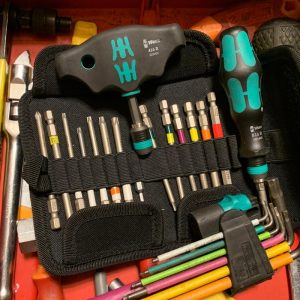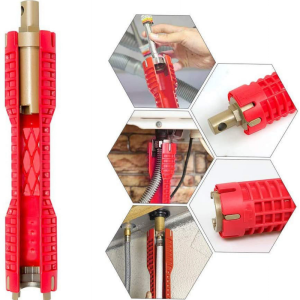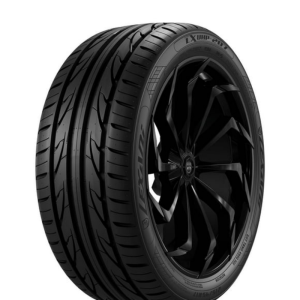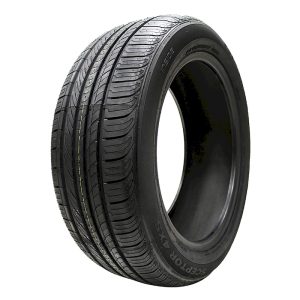
New motorcycle tires are known for their exceptional grip, but they come with a unique challenge—initial slipperiness. Understanding how long new motorcycle tires remain slippery is essential for safety and optimal performance. This guide explores why new tires are slippery, how long this condition typically lasts, and tips for managing the transition period.
Why Are New Motorcycle Tires Slippery?
Factory Coatings and Release Agents
New motorcycle tires often have a factory-applied coating or release agents used during the manufacturing process. These substances can create a slick surface that reduces grip until they are fully worn off.
Lack of Tread Pattern Breakdown
New tires have a pristine tread pattern that hasn’t yet been worn down by road use. This lack of wear can initially reduce the tire’s ability to grip the road effectively, making the surface feel slippery.
Inadequate Scrubbing In
The process of scrubbing in new tires involves gradually wearing them down to remove any excess coating and achieve optimal grip. Without this process, the tires can remain slick and less responsive.
How Long Do New Motorcycle Tires Remain Slippery?
Initial Slipperiness Duration
Typically, new motorcycle tires are most slippery during the first 100 to 200 miles. During this period, the factory coatings and release agents are gradually worn off, and the tire’s surface starts to engage more effectively with the road.

Factors Affecting Duration
- Tire Type and Composition: Different tires have varying compositions and tread patterns, which can affect how quickly they become less slippery.
- Weather Conditions: Wet or cold weather can prolong the slipperiness of new tires. Conversely, dry and warm conditions may speed up the process.
- Riding Style: Gentle riding and gradual acceleration help in scrubbing in new tires more effectively and reducing slipperiness faster.
Managing the Transition Period
- Gradual Break-In: During the first 100 miles, ride smoothly and avoid aggressive maneuvers. This helps in removing the factory coating evenly and ensures better tire performance.
- Avoid High-Speed Riding: Limit your speed and avoid hard braking or sharp turns to give the tires time to adjust to the road surface.
Tips for Safe Riding on New Motorcycle Tires
Proper Tire Maintenance
- Check Tire Pressure: Ensure your tires are inflated to the recommended pressure. Proper inflation improves grip and handling.
- Regular Inspections: Periodically check your tires for any signs of wear or damage. Early detection of issues can prevent accidents and ensure optimal performance.
Riding Techniques
- Smooth Acceleration and Braking: Avoid sudden accelerations and harsh braking during the initial miles. Smooth inputs help in gradually improving the tire’s grip.
- Avoid Wet Roads: If possible, avoid riding on wet or slippery roads until the tires have had sufficient time to wear in and achieve optimal grip.
When to Replace New Motorcycle Tires
Signs of Inadequate Performance
- Excessive Slipperiness: If new tires remain slippery beyond the initial break-in period, it may indicate an issue with the tire’s composition or manufacturing.
- Uneven Wear: Check for uneven wear patterns, which could signal alignment issues or incorrect tire pressure.
Consulting Professionals
If you have concerns about the performance of your new tires, consult a motorcycle mechanic or tire specialist. They can provide guidance on whether your tires need adjustment or replacement.
How to Test the Grip of New Motorcycle Tires
Conducting Safe Grip Tests
- Low-Speed Cornering: Gradually test the grip of new tires by taking gentle turns at low speeds. This helps you understand how the tires interact with the road without risking loss of control.
- Straight-Line Braking: Perform gentle braking in a straight line to gauge the tire’s response. Ensure you do this in a safe, controlled environment to avoid skidding or sudden stops.

Monitoring Tire Performance
- Track Changes in Grip: Pay attention to how the grip improves over time. You should notice the tires becoming more responsive as the initial slipperiness wears off.
- Listen to Your Ride: Be mindful of any unusual sounds or handling characteristics. If you experience consistent issues with grip, it may be worth consulting a tire specialist.
Addressing Common Concerns with New Motorcycle Tires
Uneven Tire Wear
Problem: Uneven wear can affect the performance of new tires.
Solution: Ensure proper tire alignment and balance. Regularly check tire pressure and adjust as needed. Uneven wear may also indicate issues with your motorcycle’s suspension or alignment that should be addressed by a professional.
Tire Durability and Performance
Problem: Concerns about how long new tires will last and perform.
Solution: Follow the manufacturer’s recommendations for tire maintenance and replacement. Regular inspections and proper care will help extend the life of your tires and ensure consistent performance.
Upgrading Your Motorcycle Tires
Choosing the Right Tire
When upgrading your tires, consider the following factors:
- Riding Conditions: Select tires that are suitable for your typical riding conditions, whether it’s street, off-road, or a mix of both.
- Tire Specifications: Choose tires with the right specifications for your motorcycle model, including size, load rating, and speed rating.
Benefits of Upgrading
Upgrading to high-quality tires can enhance your motorcycle’s handling, safety, and overall riding experience. Look for tires with advanced features such as improved grip, better wet-weather performance, and longer wear life.
Tips for Extending the Life of Your Motorcycle Tires
Regular Maintenance
- Keep Tires Clean: Regularly clean your tires to remove debris that can cause premature wear.
- Proper Storage: Store your motorcycle in a dry, cool place to prevent tire deterioration. Avoid leaving your motorcycle in direct sunlight or extreme temperatures.
Safe Riding Practices
- Avoid Abrupt Maneuvers: Smooth riding helps reduce tire wear and extends their lifespan.
- Check Alignment and Balance: Regularly check and adjust your motorcycle’s alignment and tire balance to ensure even wear.
How Weather Conditions Affect New Motorcycle Tires
Impact of Temperature
- Cold Weather: New tires may remain slippery for a longer period in cold weather. The rubber compounds can become harder, reducing grip until the tires warm up and become more pliable.
- Warm Weather: In warmer conditions, the rubber heats up more quickly, which can help the tires achieve optimal grip faster. However, be mindful of how quickly you accelerate and maneuver to ensure a smooth break-in.
Influence of Rain
- Wet Conditions: Riding in wet conditions can exacerbate the slipperiness of new tires. Water can make the factory coatings more slippery and affect the tire’s ability to grip. Avoid riding in heavy rain until the tires have been properly scrubbed in.
- Dry Conditions: Dry conditions allow the tires to wear in more effectively. As the rubber interacts with the road, the grip improves, reducing slipperiness more quickly.
The Role of Tire Maintenance in Enhancing Grip
Regular Inspection
- Check for Proper Inflation: Maintaining the correct tire pressure ensures optimal contact with the road and prevents issues related to under or over-inflation.
- Examine Tread Depth: Regularly check the tread depth to ensure it is within the recommended range. Adequate tread depth is crucial for effective grip and handling.

Professional Maintenance
- Balance and Alignment: Ensure your motorcycle’s wheels are properly balanced and aligned. Poor alignment can cause uneven wear and affect the performance of new tires.
- Routine Service: Schedule regular maintenance with a professional to keep your motorcycle in top condition. This includes checking the tires for any signs of damage or irregular wear.
Conclusion
Understanding how long new motorcycle tires are slippery and managing the break-in period effectively is crucial for safe and enjoyable riding. By following proper riding techniques and maintaining your tires, you can ensure optimal performance and safety. Always remember that while new tires may initially feel slick, this is a normal part of their transition process.
